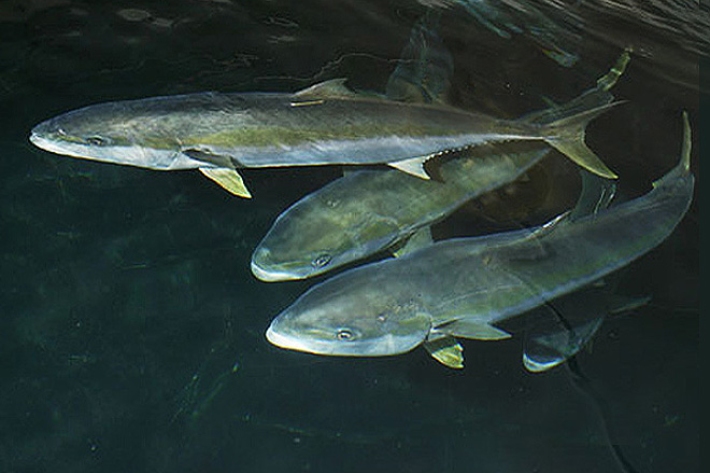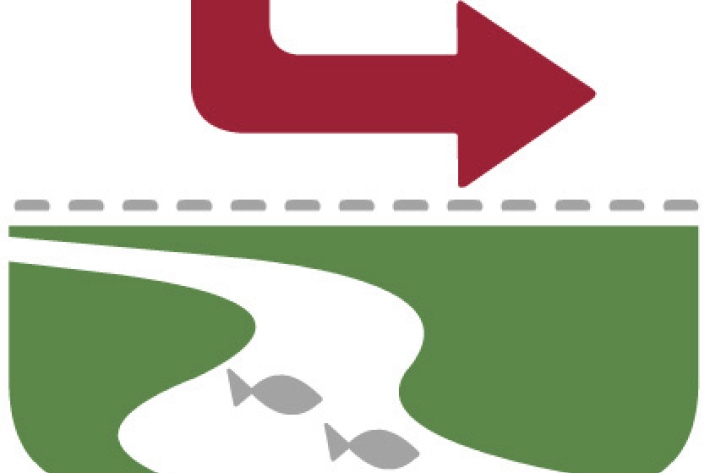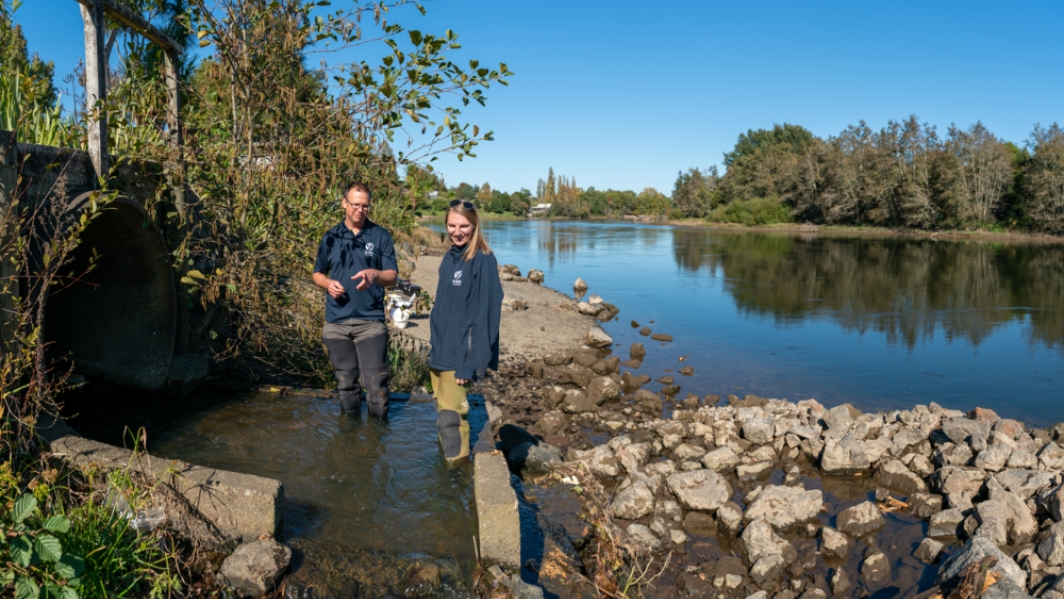-

Mitigation and best practice options
Ways to minimise the effects of wood processing activities on water quality and mahinga kai are listed below. -

Mitigation and best practice options
Simple steps to minimise the effects on water quality and Mahinga kai. -

Mitigation and best practice options
Some simple steps to minimise the effects of meat and dairy processing activities on water quality and mahinga kai. -

Energy
The energy industry provides power to households, businesses, transport, and industry. -

Aquaculture and customary fisheries
Aquaculture and customary fisheries farm and harvest freshwater and saltwater fish and shellfish. -
Meat and dairy processing
Meat and dairy processing factories manufacture products for local and international markets. -

Mitigation and best practice options
Simple steps to minimise the effects on water quality and mahinga kai. -

Mitigation
Options to minimise the effects of water abstraction activities on water quality and mahinga kai. -

Mitigation and best practice options
Some simple steps to minimise the effects of urbanisation on water quality and mahinga kai.


